Photokina 2018 might have come and gone, but there's still plenty of camera rumors to get excited about.
More new camera rumors are coming out of the woodwork every single day, it can be hard to keep track of everything. Don't worry though - with our finger on the pulse of the latest industry trends and rumors, and with a bit of our own tech knowledge with accumulated after years in the industry, we’ll look at what the biggest names in photography may be dreaming up.
We’ve culled through every single one of the latest camera rumors, from wild speculation to the most convincing leaks, and brought you the biggest and the best camera rumors going.
With these rumors, we can start to piece together a rough picture of products that major camera companies might be aiming to release, and what thirsty photographers will be able to get their hands on in the near future.
Now, it’s time to really dive into all of the juiciest camera rumors from every major manufacturer, from Canon to Olympus.
Canon EOS R Pro
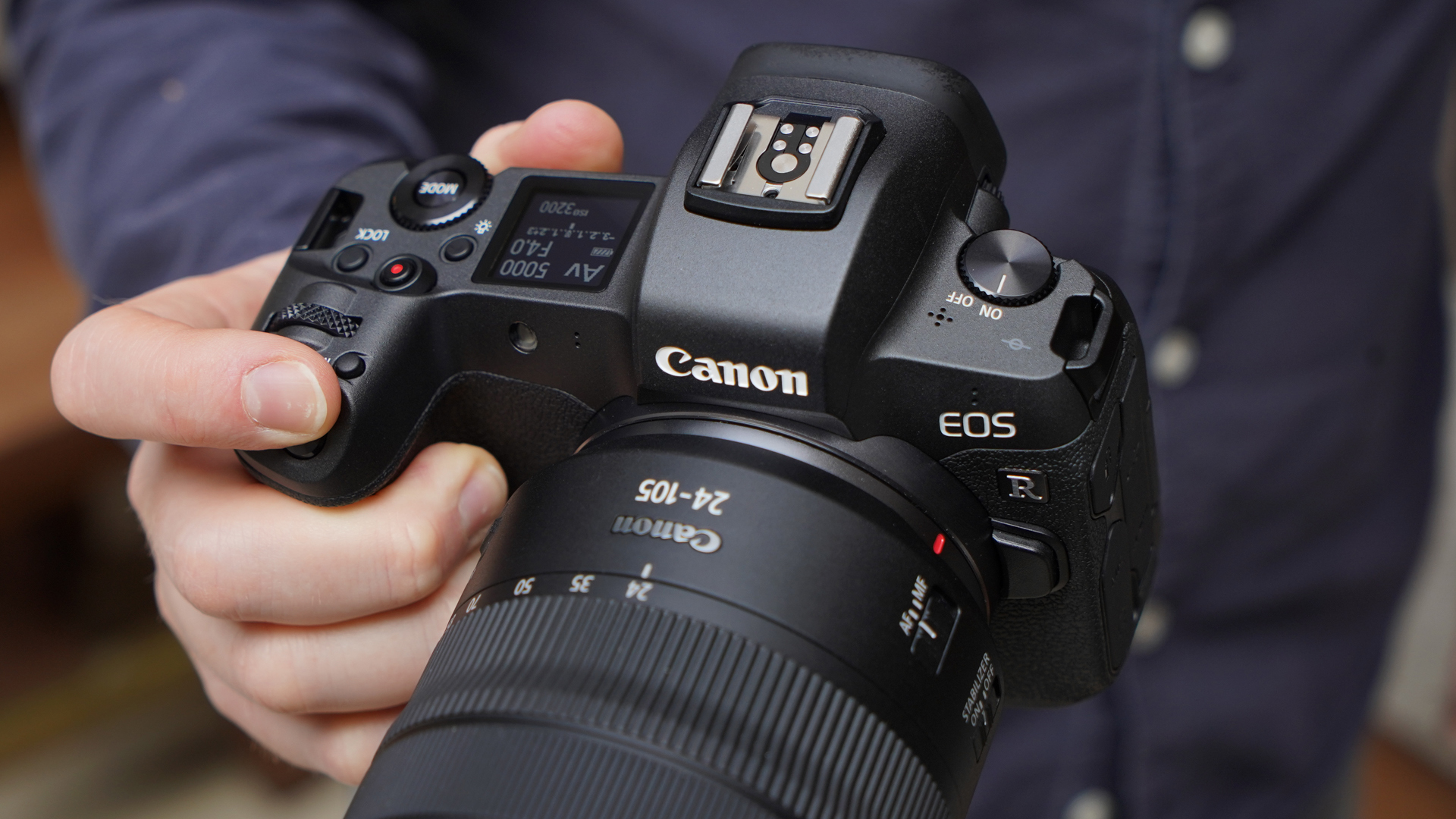
Could we see a pro-spec mirrorless equivalent of the EOS-1D X Mark II?
Predicted specs: Too early to say | RF Lens mount
While Canon's first full-frame mirrorless camera, the EOS R is a very good camera, it's not the flagship camera many had expected. What the EOS R is though is the first camera in an all-new system from the brand. With that in mind, it's not beyond the realms of possibility that we could see a new high-end model soon.
In fact, CanonRumours is reporting that we could see an EOS R Pro development announcement in January 2019, with an official launch at a later date, possibly at Japan's big CP+ photo show in March next year.
We reckon it'll potentially be a natural successor to the pros favorite, the mighty Canon EOS-1D X Mark II (though that's not to say we won't see a Mark III version as well), with a launch next year enough time to establish itself ahead of the 2020 Olympics.

Canon EOS M5 and M6 replacements
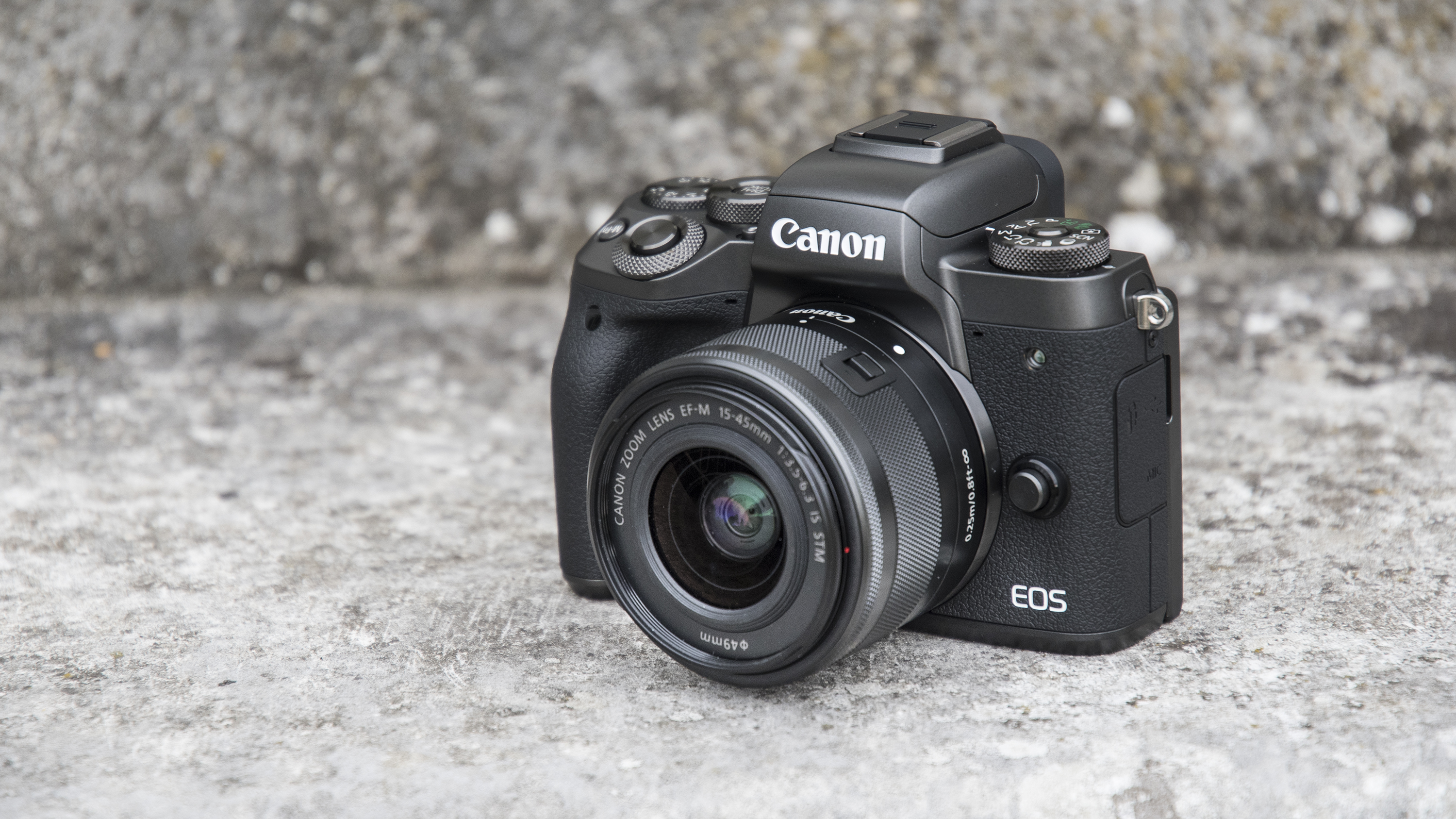
It looks like Canon's oldest current mirrorless cameras are going to get an update
Predicted specs: New 24MP APS-C sensors | 4K video recording | DIGIC 8 image processors
While Canon's been focusing its attention on its new EOS R full-frame mirrorless camera, Canon isn't about to drop its EOS M range of mirrorless cameras.
CanonRumors reports that “at least” two further models in the line are set to arrive in 2019.
These two new cameras are likely to be replacements for the EOS M5 (launched back in 2016 and the flagship camera in the range) and the EOS M6.
Both models are designed around Canon's 24.2MP APS-C sensors, but with both only shooting in Full HD video format, we expect both new models to get uprated sensors (though resolution is likely to stay the same) that support 4K video recording (though hopefully without the restrictive cropping that the EOS M50 suffers from).
This could mean we could see in DIGIC 8 image processors and improved Dual Pixel CMOS AF technology with better subject tracking.

Canon EOS 5D X
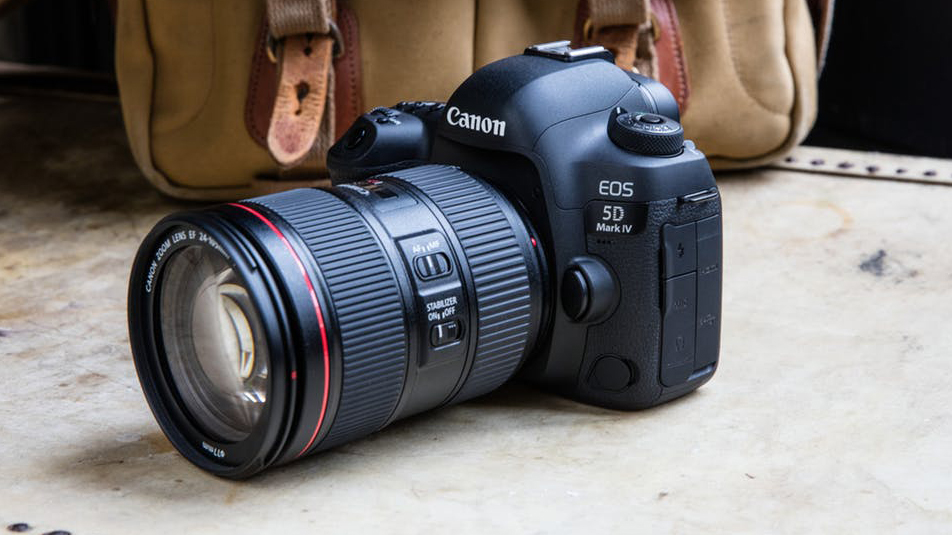
Could Canon launch a rival to Nikon's D850 and Sony's Alpha A7R III
Predicted specs: Full-frame 50MP sensor | 8fps burst shooting | Improved 4K video capture
When it was launched back in 2016, Canon's EOS 5D Mark IV was our favourite DSLR. A well-rounded camera, it was (and still is) an incredibly versatile photographic tool. However, 2017 saw Nikon release the mighty 45.4MP D850 and Sony launch the 42.2MP Alpha A7R III.
Both cameras are similarly priced, but offer more pixels, while matching or bettering the performance of the EOS 5D Mark IV. Unless you're a die hard Canon user, the 5D Mark IV is hard to recommend over the other two.
Then consider that the 50MP Canon EOS 5DS was launched in 2015 and we reckon Canon might consolidate its two lines into a single, multi-purpose DSLR that offers a high pixel count and high performance to rival the D850 and Alpha A7R III.
We're speculating here, but this new DSLR could potentially be called the EOS 5D X and feature a new and improved 50MP full-frame sensor that was used in the EOS 5DS, now with a much broader and improved ISO range, while burst shooting could hit 8fps.
We reckon video might also get a hike in performance - the 1.64x crop when shooting 4K on the EOS 5D Mark IV is a bit of a turn off to many videographers. To aid shooting both stills and video, maybe we might also see the inclusion of a vari-angle touchscreen display.

Canon EOS 7D Mark III
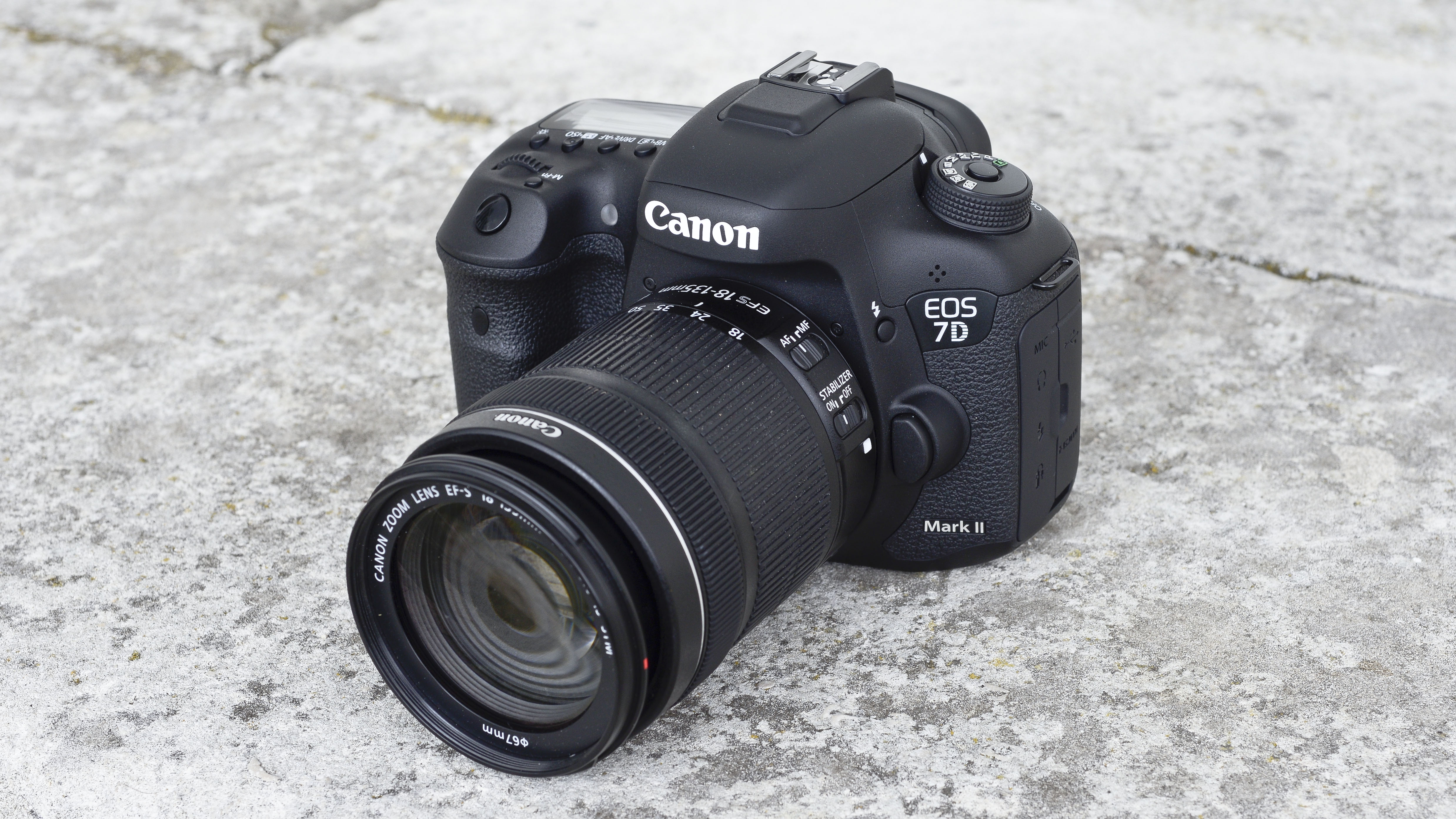
One of the oldest EOS DSLRs available, could Canon's high-end enthusiast DSLR be about to get an update?
Predicted specs: Updated 20.2MP sensor or new 28MP chip | Dual DIGIC 8 image processors | 11fps+ burst shooting
Announced back in 2014, the EOS 7D Mark II is one of the oldest, if not the oldest DSLR in the EOS line-up and we think 2018 will be the year we see the arrival of the EOS 7D Mark III.
What can we expect to see then? It'll certainly get a new sensor, but whether Canon opts to stick with a 20MP resolution or increase this to 28MP (as CanonWatch.com is reporting), it's still unclear. It'll definitely get a broader ISO performance to rival the Nikon D500, while a better dynamic range at low ISO sensitivities would be welcome too.
The dual DIGIC 4 image processors in the Mark II are likely to be replaced by the latest DIGIC 8 image processor, seeing burst shooting speeds increase beyond 10fps - maybe somewhere between 11-12fps. The new image processor could also help out with AF tracking - something the existing model lags behind on compared to its newer rivals.
The Canon EOS 7D Mark III should also see the inclusion of touchscreen functionality on the rear vari-angle display to real take advantage of Canon's Dual Pixel CMOS AF system for Live View.
What about video? Canon's been reticent to include 4K capture on a string of new cameras with the exception of the EOS 5D Mark IV, but to compete with rivals, the EOS 7D Mark III really needs this feature to compete.

- Best camera
- Best DSLR
- Best mirrorless camera
- Best full-frame camera
- Best compact camera
- What camera should I buy?
- Mirrorless vs DSLR: 10 key differences
Nikon Z9
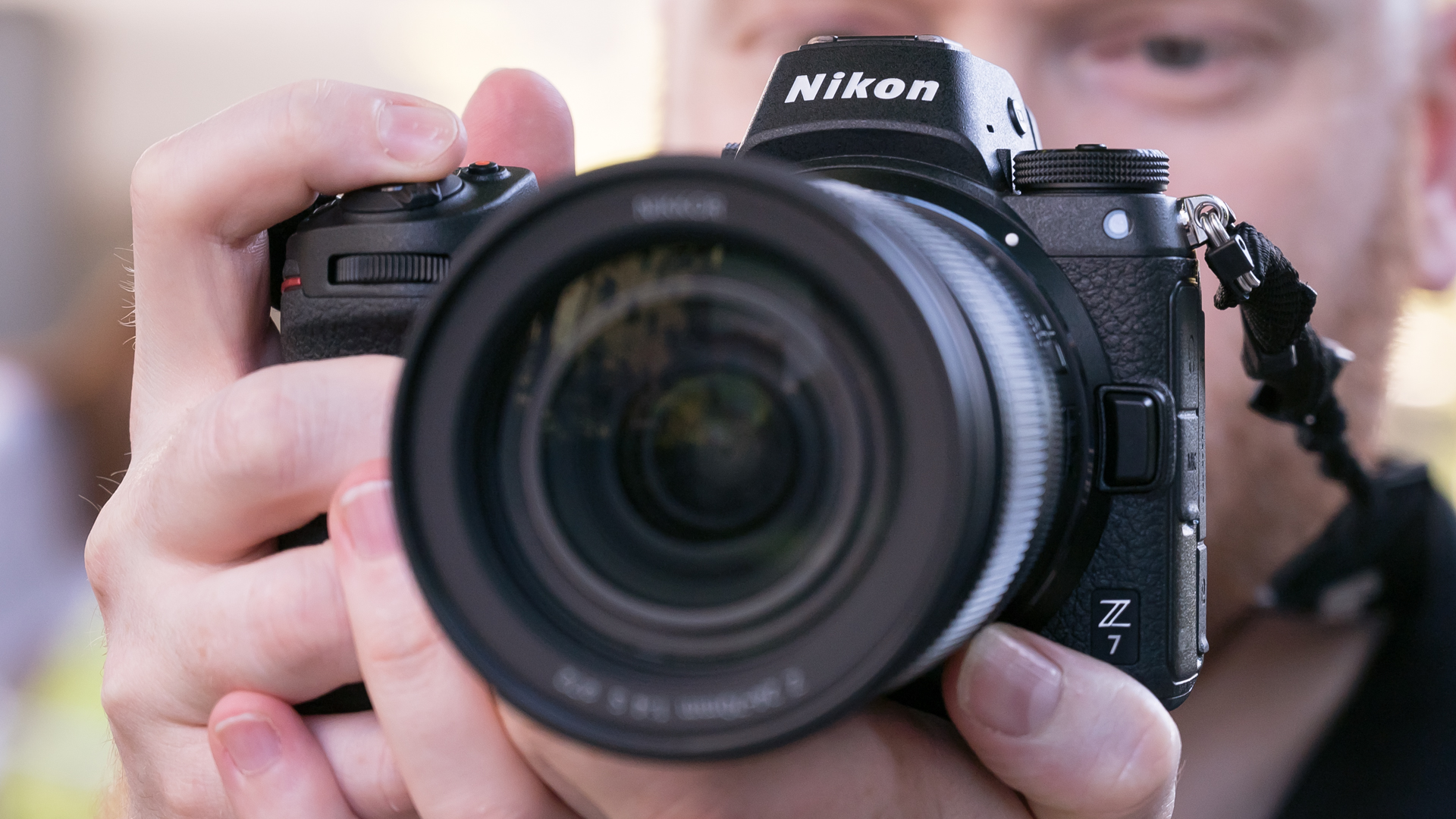
We think we could see at flagship Z9 full-frame mirrorless camera as early as spring 2019
Predicted specs: Too early to say | Z mount
Nikon's first full-frame mirrorless cameras have already impressed, with the Z7 one of our favorite cameras right now.
However, like Canon with the EOS R, the Z7 and Z6 aren't the top of the range cameras some were expecting.
Nikon itself it wanted to hold something back at the launch of the Z6 and Z7, which suggests we should see a flagship model. A baby D5 if you will, with the same tank-like build that working pros demand, with a performance that can keep up with the likes of Sony's Alpha A9.
This should see a burst shooting speed of at least 20fps, an even more sophisticated autofocus system and a number of other advanced features. We'll have to see what rumors develop in the coming months.

Nikon D760

A gentle upgrade over the ageing D750 would strengthen Nikon’s FX offerings
Predicted specs: Full-frame 36.3MP sensor | 4K video recording | Tilting touchscreen
While the Z6 and Z7 have grabbed the headlines over recent months, we don't expect Nikon to forget it's DSLR heritage.
Over the last three years or so, the D750 has become a renowned and inexpensive full-frame choice in Nikon’s stable, but it could really use an update to compete with a number of more recent full-frame arrivals.
With the arrival of the D850 with an impressive 45.4MP resolution, could we see the D760 make use of the 36.3MP sensor found in the outgoing D810 and replace the current 24MP chip? Or could it get the same 24MP sensor as the Z6?
The D750’s maximum 1/4,000 sec shutter speed is an understandable compromise to help it to be more reasonably priced, but a compromise regardless. A high shutter speed of 1/8000sec might be on the cards then.
It wouldn’t be likely that such a camera would launch without 4K video recording, especially after the 4K-enabled D500, D850 and D5. It’s also likely that it will have a tilting display like the D750, but Nikon would probably at touchscreen control, too. Finally, don't forget Nikon will introduce it's SnapBridge connectivity as well.

Nikon D5S
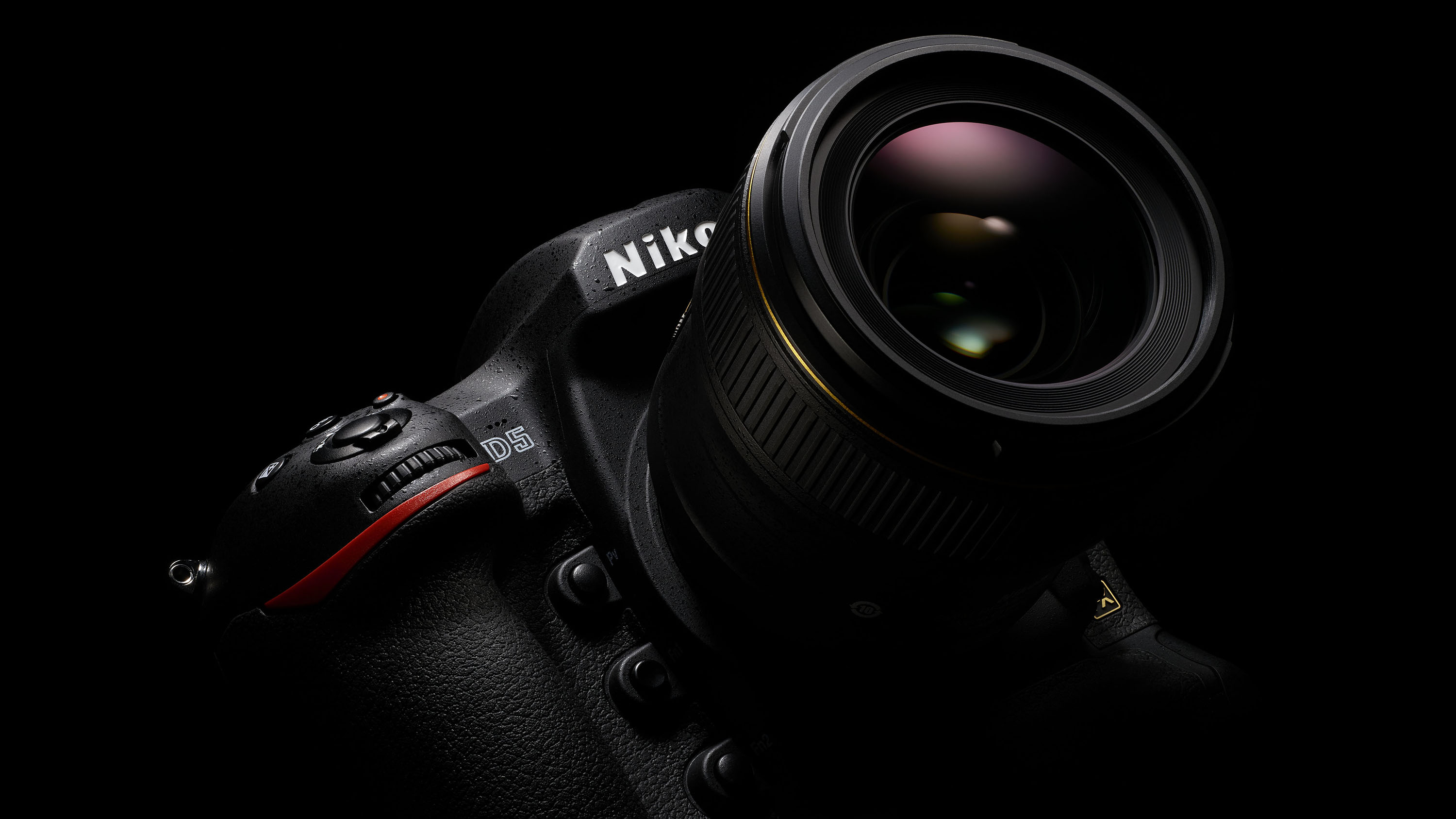
Nikon's flagship DSLR could get a midlife tweak
Predicted specs: Full-frame 20MP sensor | New EXPEED image processor| 14fps burst shooting
Nikon launched the D5 back at CES in 2016, and with the company tending to launch a new flagship DSLR or 'S' update every two years to tie-in with an Olympic year, there were hopes we'd see a D5S announced before the PyeongChang Olympic Games. That never materialised, but that's not to say we won't see a D5S.
As it'll be an 'S' update, don't expect a raft of changes, instead it'll more likely be a few tweaks and refinements to an already great camera.
So what are we likely to see? The resolution should remain the same at 20MP, but a new EXPEED image processor could bring a number of improvements - we can't imagine Nikon would be able to extend the maximum ISO range of ISO3,280,000 found on the D5, but the improved processing power should see improved noise handling.
Burst shooting could also be boosted slightly - the D5 can shoot at 12fps with full AF and metering, so we could see a performance bump to 13 or 14fps.
We might also see some very subtle tweaks to the handling as well, but otherwise, don't expect a completely redesigned camera. That'll be the D6 and given the almost three year gap we've had, Nikon might skip the D5S all together.

- Best camera
- Best DSLR
- Best mirrorless camera
- Best full-frame camera
- Best compact camera
- What camera should I buy?
- Mirrorless vs DSLR: 10 key differences
Sony Alpha A7S III
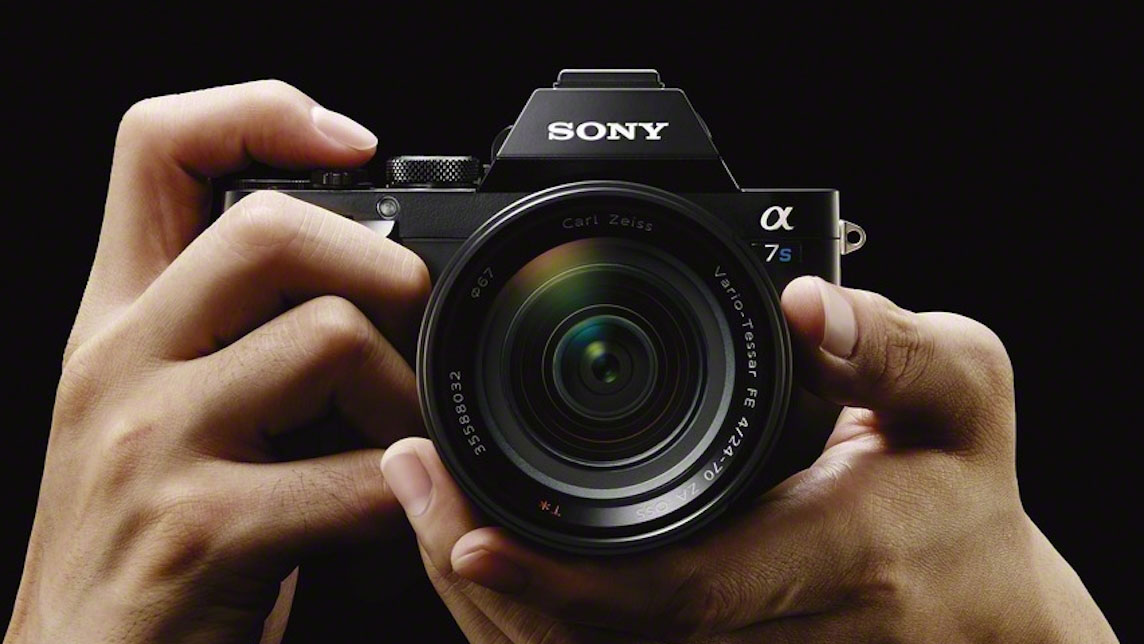
Rumors are growing that we could see an update to Sony's video-focused full-frame mirrorless camera
Predicted specs: Full-frame 12MP sensor | Joystick AF control | Advanced 4K video features
Now we've seen the launch of Sony's megapixel monster, the Alpha A7R III and the more enthusiast-orientated Alpha A7 III, could we now see an update to the more video-focused Alpha A7S II?
We reckon it'll share the same updated body as we've seen with both the A7R III and A7 III, which means it'll take on a number of handling refinements, including a dedicated AF joystick, AF-On button and touchscreen interface.
We'd be surprised if there's a resolution increase over the 12MP Alpha A7S II, but we reckon it'll be an all-new sensor, incorporating Sony's latest sensor tech that's already impressed in recent models.
The biggest improvements should be seen in video performance. With Panasonic's Lumix GH5 and GH5S offering a wealth of advanced video features, we'd be disappointed if Sony didn't match or better these. The Alpha A7S II can record 4K 4:2:0 8-bit video, but could we see this increase to 4:2:2 10-bit like the GH5S? Could we see 4K capture at 60/50p possible as well? Let's hope so.

Sony Alpha A7000
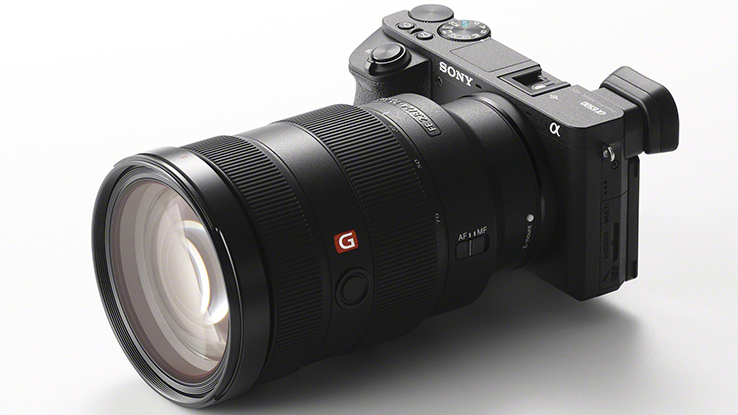
The two-year-old A6500 is still a capable APS-C model, but an A7000 update has been rumored for some time
Predicted specs: 31MP APS-C sensor | Improved AF | Z-series battery
Sony has shown full-frame users a lot of attention in recent years, and this has left its A6000-series looking a little unloved. The A6000, A6300 and A6500 can all still be bought brand new, as as each camera had a solid set of specs to begin with, all three are still a respectable choices in their price categories.
That said, there are numerous improvements in its latest A7-series models that we can see a possible A6700 or A7000 model inheriting. A better battery and ramped-up 4K video specs, for example, and potentially even dual card slots (so long as this doesn't come at the cost of portability).
Sony has made great changes to its autofocusing systems in recent generations of camera too, and while the 425-point phase-detect AF system inside the A6500 is still a cracking performer, the eventual update will likely bring speed improvements and additional AF points to form a denser array, with better tracking capabilities.
There's also news of a 31MP sensor that may well appear inside such a model, which would be a significant increase over both the 24.2MP sensor inside the A6500, and the sensors inside rival cameras such as the Fujifilm X-Pro2 and Olympus's PEN-F.

- Best camera
- Best DSLR
- Best mirrorless camera
- Best full-frame camera
- Best compact camera
- What camera should I buy?
- Mirrorless vs DSLR: 10 key differences
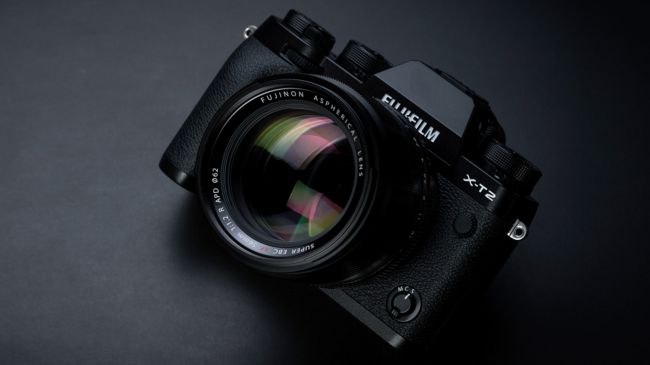
Fujifilm X-T3
The X-T2 is still one of the most appealing mirrorless bodies around, but a lot changes quickly at this end of the market – and X-T3 rumors just won't go away
Predicted specs: 26.1MP back-illuminated X-Trans CMOS sensor | X-Processor 4 | Vastly improve AF system
The Fujifilm X-T2 arrived back in July 2016, and since then it's been widely viewed as one of the most capable and desirable mirrorless models around. With the arrival of the cheaper X-T20 and the more senior X-H1, the time seems right for a refresh.
Serial camera leaker Nokishita is reporting that the X-T3 is almost with us, and has leaked a number of images that are said to be of the new model. Specs that have been reported elsewhere include a new 26.1MP back-illuminated X-Trans CMOS sensor, together with a fresh X-Processor 4 engine, an overhalued AF system and even a 3.69million dot electronic viewfinder.
These specs would certainly make a lot of sense. Many recent Fujifilm X-series models have employed some form of 24MP sensor, so something new is definitely now due – particularly if Sony is to release a 31MP update to the A6500. We're also now seeing more 3.69million-dot viewfinders, in models like the Panasonic GH5S and the Nikon Z6 and Z7, so we don't imagine manufacturers will be maintaining the 2.4million-dot types in more senior models such as this one for too much longer.
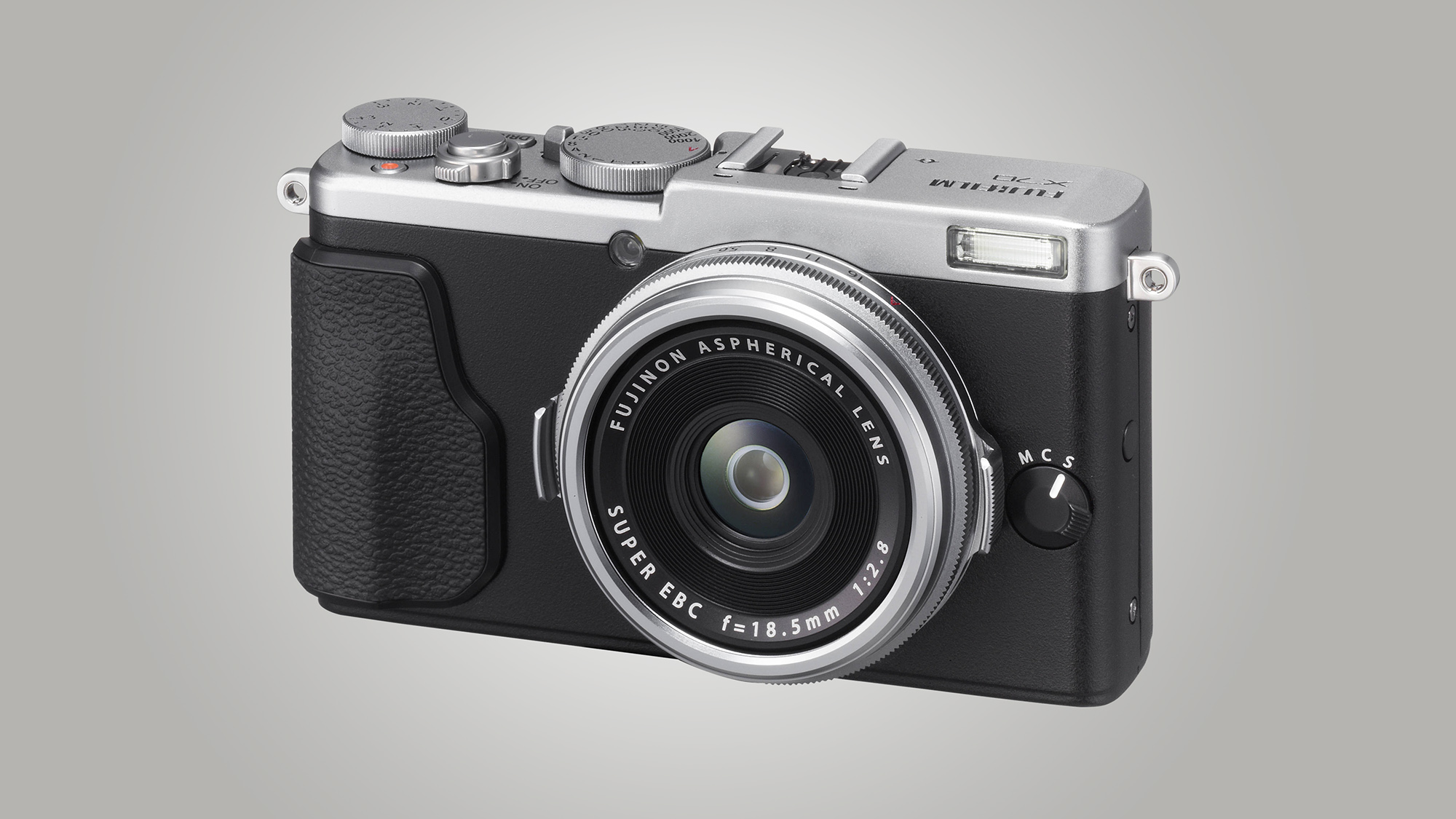
Fujifilm XF10
A new sensor and processing engine, plus an improved AF system look on the cards for Fujifilm's pocket premium compact camera
Predicted specs: 24MP APS-C format sensor | 28mm equivalent lens | Improved AF system
Update: The Fujifilm XF10 has now been announced! Read about the new Fujifilm XF10 camera
Fujifilm's flagship compact, the X100F, is our pick of the current crop of compact cameras, but what's next for Fujifilm's other compact, the X70?
Again, FujiAddict.com believes the updated model to be called the XF10 and we'd be incredibly surprised if it doesn't get a resolution upgrade, increasing the pixel count from 16 million to 24 million as we've seen with Fujifilm's other recent announcements.
We reckon Fujifilm will stick with the 28mm equivalent prime lens, but it might be tempted to up the ante a little by increasing the maximum aperture from f/2.8 to f/2 for even better low light performance and depth of field control, but it may 'just' use a new optical design or coatings to boost performance.
Or perhaps we'll see multiple versions - maybe one with a fast 50mm f/1.8 equivalent optic.
Fujifilm has been working hard on improving the autofocus systems in its cameras, and this seems likely to continue, so we can expect the XF10 to focus more quickly than the X70, with better low-light responses.
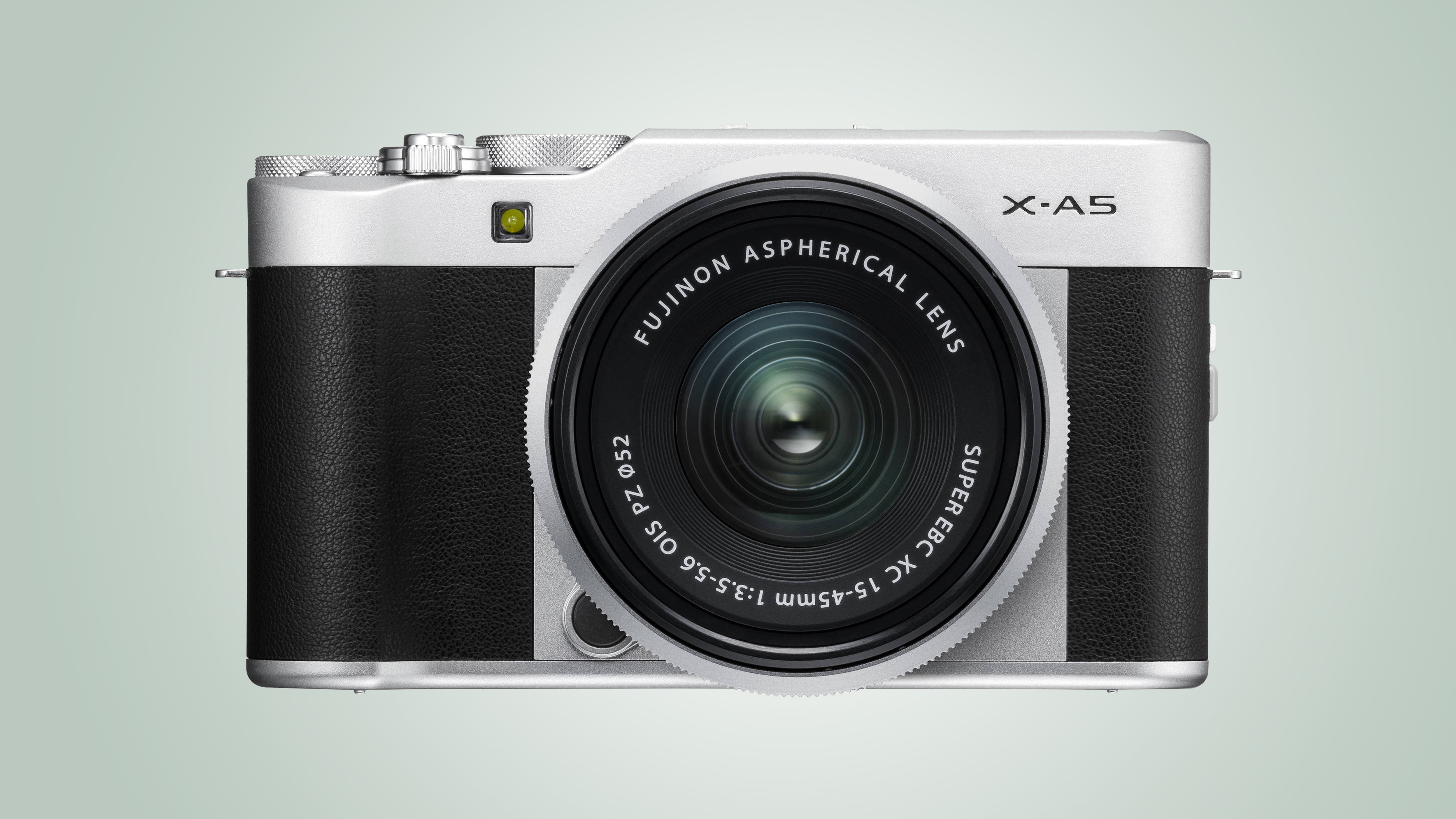
Fujifilm X-T100
Leaked specs suggest we could see a new entry-level mirrorless camera with a electronic viewfinder
Predicted specs: 24MP APS-C format sensor | Built-in electronic viewfinder | 4K video
Update: The X-T100 has now been unveiled, and you can see what we make of it in our full Fujifilm X-T1000 review.
We could be seeing a new entry-level mirrorless camera from Fujifilm very soon. Specs have accidentally been leaked for a camera called the X-T100 and was spotted by Japanese website Nokishita.
The new camera looks like it shares much of its tech with the entry-level X-A5, including a 24.2MP APS-C CMOS sensor (with the more standard bayer array, as opposed to the X-Trans design featured in higher-end X Series cameras), 4K video capture at 15p, 6fps burst shooting and a 3.0-inch touchscreen.
The most notable difference though is the addition of a built-in electronic viewfinder (something the X-A5 lacks), as well as a 3-way tilting screen and improved buffer capacity.
We could see an announcement very soon.
- Best camera
- Best DSLR
- Best mirrorless camera
- Best full-frame camera
- Best compact camera
- What camera should I buy?
- Mirrorless vs DSLR: 10 key differences
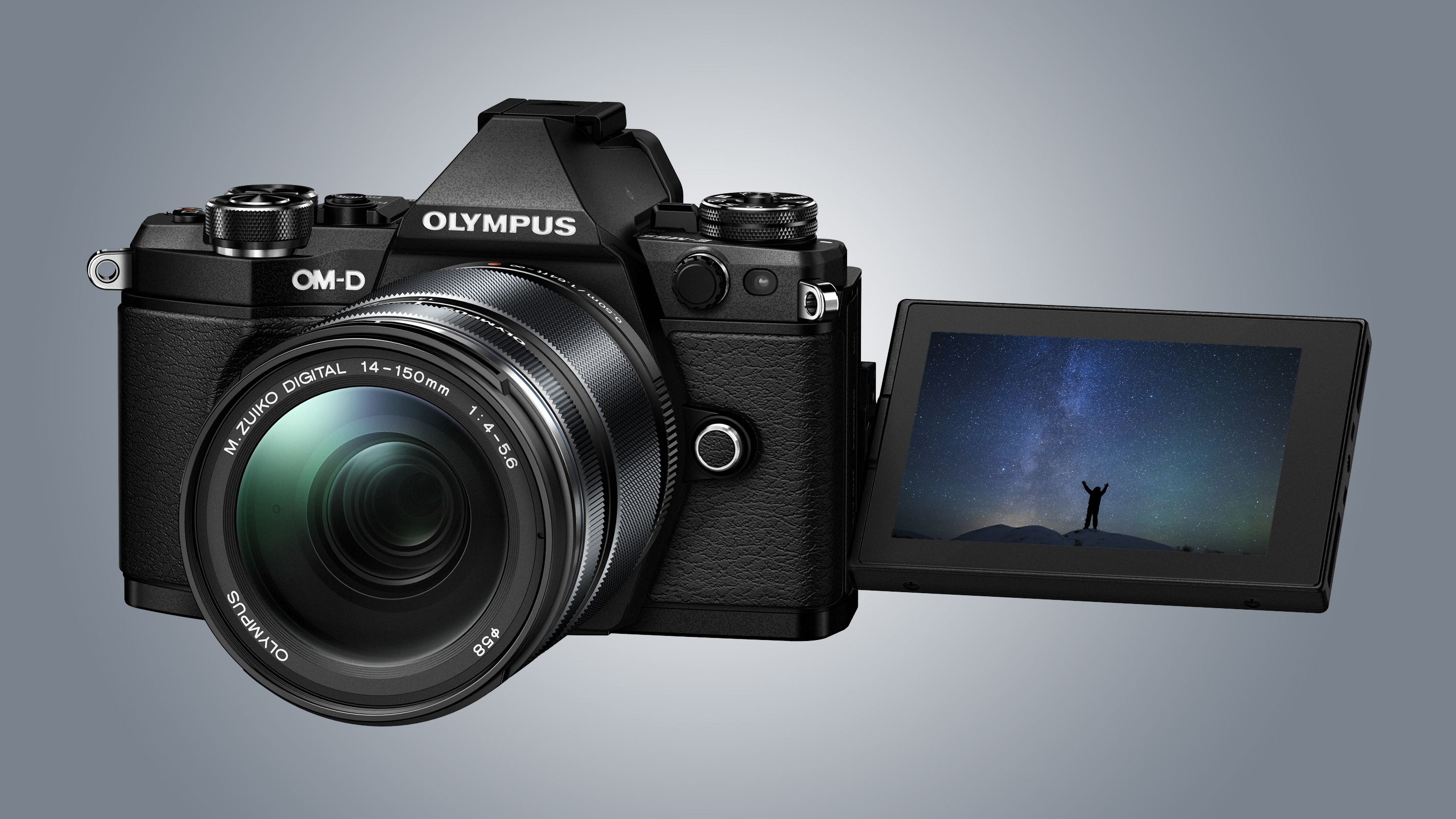
Olympus OM-D E-M5 Mark III
The Olympus OM-D E-M5 Mark II is the odd one out in the OM-D range, so can we expect an update soon?
Predicted specs: 20MP Micro Four Thirds sensor | Core features to remain the same | 4K video
We've seen updates in the shape of the OM-D E-M1 Mark II and OM-D E-M10 Mark III, which just leaves the OM-D E-M5 Mark II to get refreshed in the OM-D series.
We think that for this enthusiast mirrorless camera, Olympus will ditch the 16MP Micro Four Thirds sensor and replace it with the 20MP chip used by the OM-D E-M1 Mark II.
We'd expect to see 4K video capture and maybe the excellent 5-axis image stabilization get a tweak to deliver 6.5 stop compensation like the E-M1 Mark II. Focusing could also get a bump up to 121 points.
- Best camera
- Best DSLR
- Best mirrorless camera
- Best full-frame camera
- Best compact camera
- What camera should I buy?
- Mirrorless vs DSLR: 10 key differences

Panasonic full-frame mirrorless camera
Could Panasonic break from its Micro Four Thirds system and introduce a full-frame option? Looks like we'll find out very soon...
Predicted specs: Full-frame sensor | New lens mount | Advanced 4K video specs
While full-frame mirrorless cameras from Canon and Nikon have been the talk of this year's pre-Photokina announcements, rumors that Panasonic would release something similar may well end up being the most interesting development this year.
The company has arguably done the most to help mirrorless cameras be regarded as credible alternatives to DSLRs, having launched the very first model back in 2008 and spending the next decade populating its series with an exhaustive range of entry-level, enthusiast and professional offerings.
Now, with Canon and Nikon joining Sony and Leica in the full-frame mirrorless club, it appears that it may be launching something to match. It would be a big step, but arguably a necessary one if the company is to retain the same footing in enthusiast and professional photography circles as it currently enjoys.
Aside from the size of the sensor details are scarce right now, but a prototype will apparently be on display at this year's Photokina event. Any such camera will likely have the same video bent as the company's current Lumix options, and it will no doubt be priced as competitively as the company's current models. What such a move means for its current system is unclear - we can't wait to see what happens.
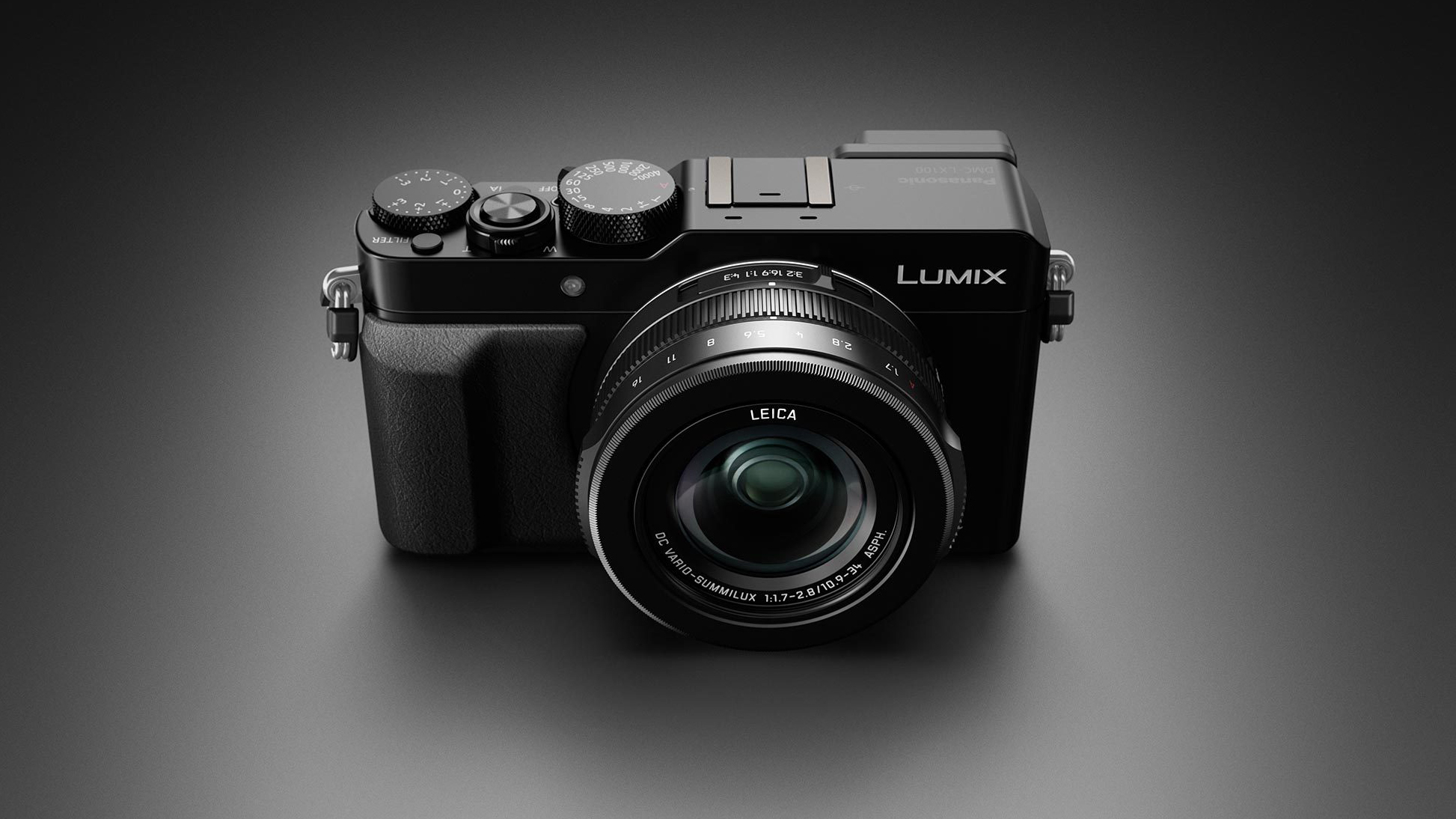
Panasonic Lumix LX100 Mark II
Could we see one of our favorite enthusiast compact cameras get an update?
Predicted specs: 20.3MP Micro Four Thirds sensor | Touchscreen | Improved electronic viewfinder
Update: The LX100 Mark II has now arrived! Read our Panasonic LX100 Mark II hands-on review
The Lumix LX100 has been one of our favorite enthusiast compact cameras of recent years, but it's starting to show it's age - it was announced back in 2014.
Even then we wanted a little more resolution - the Lumix LX100 features a 16MP sensor that produces 12MP images due to the multi-aspect ratio design of the sensor. If this could be increased to 20.3MP like the Lumix GH5, that'd be a big improvement.
The 24-75mm f/1.7-2.8 lens on the LX100 offered a modest coverage, but for an enthusiast compact, so we wouldn't want anything necessarily longer. A larger zoom could also compromise the compact size of he body.
We loved the tactile controls of the LX100, but that said, we'd welcome some touchscreen control - something that's lacking in the LX100, while a larger viewfinder would definitely be welcome.
- Best camera
- Best DSLR
- Best mirrorless camera
- Best full-frame camera
- Best compact camera
- What camera should I buy?
- Mirrorless vs DSLR: 10 key differences
from TechRadar - All the latest technology news http://www.techradar.com/news/camera-rumors
No comments:
Post a Comment